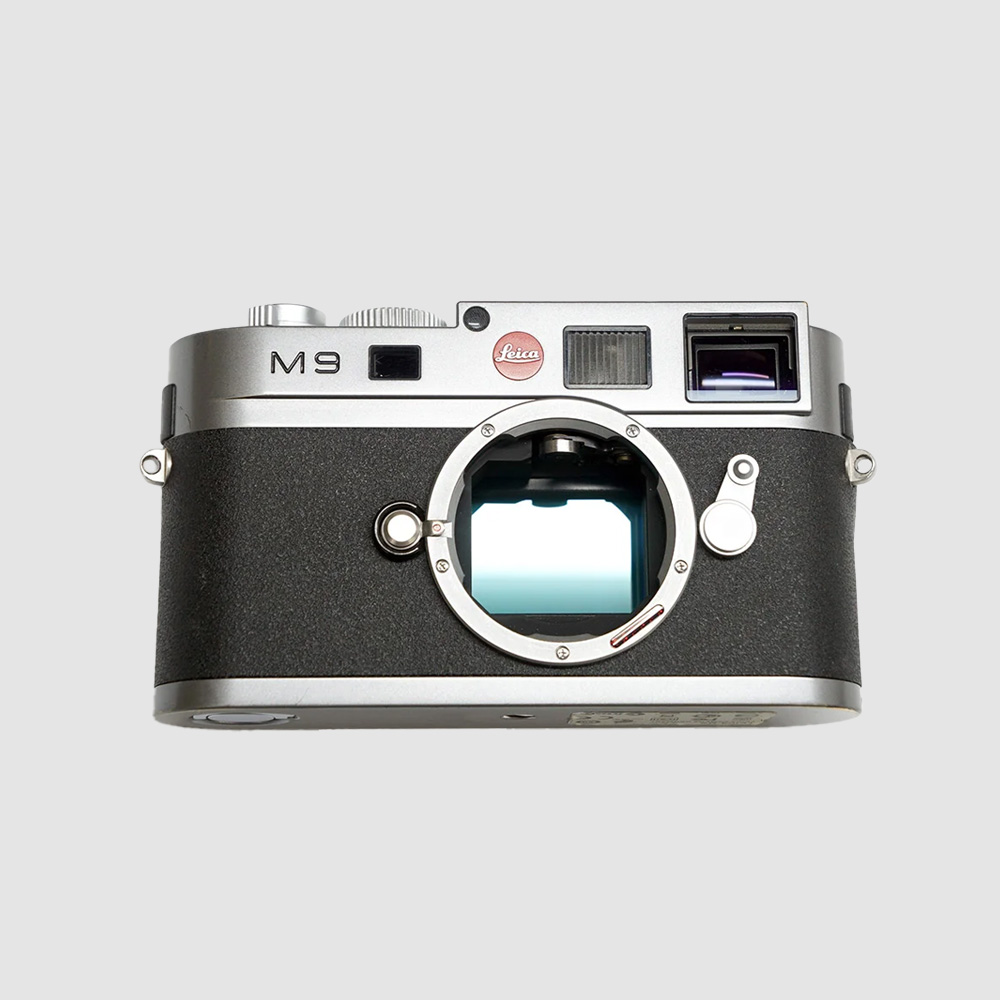
Description
This is a replacement of the entire sensor stack. This service will replace the stack with a fully functioning Leica CCD sensor including our corrosion resistant BG61 glass. CCD ID 15 sensor will have OEM Leica glass.
This service fixes the dreaded failed sensor, half screen, or “purple curtain” type failures, that can look like a fully or half dead screen, or like the effect shown below. If your sensor only has spots, you most likely only need our corroded sensor glass replacement services which can be found HERE
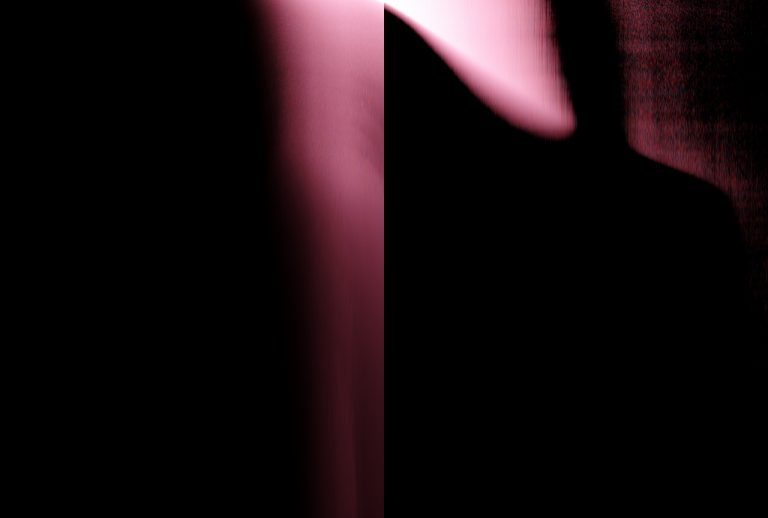
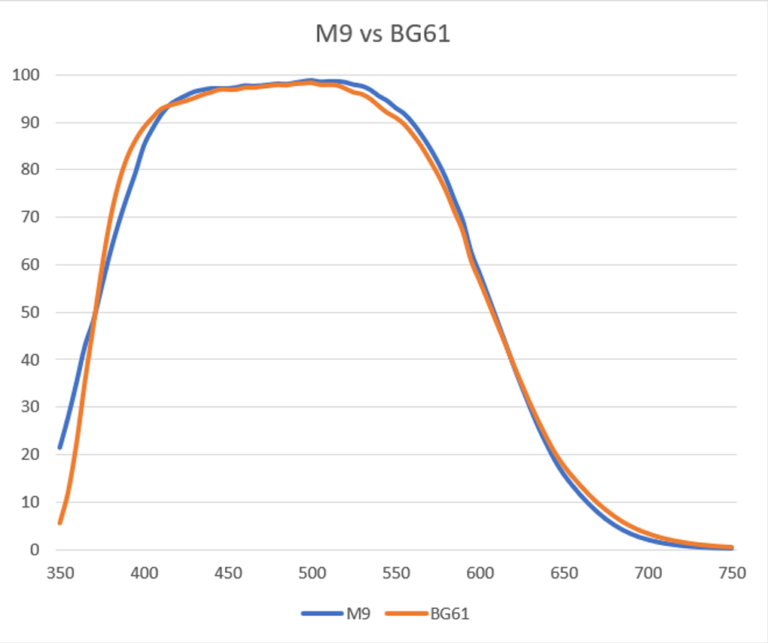

CCD ID Number
Leica made a range of sensors throughout the lifespan of the M9’s production line. CCD 11+ sensors came at a later point and did not suffer from the acid gel formation issue present in earlier models. CCD 11+ sensors have a much harder original adhesive bonding the glass to the sensor and are more time consuming to replace with Schott Glass. CCD ID 15 sensors are the best sensors that Leica made, they’ve had no known issues that we’ve seen.Acid Gel Formation
Earlier Sensors (CCD ID 3-8) have been discovered to suffer from a unique issue stemming from the adhesive used to attach the protective sensor glass to the sensor. This adhesive has been found to denature into an acid gel. If this gel shifts onto the bond wires that feed information from the sensor to the board of the camera, it can corrode these wires and result in permanent digital sensor failure. It is for this reason we recommend earlier CCD ID sensors be sent in for glass replacement sooner rather than later as the change of this corrosion and subsequent failure happening has been shown to increase with time. When we receive a Leica M9 with CCD ID number 3-8 we will inspect the sensor under a microscope to determine the level of acid gel formation and ingress onto bond wires. If we see this gel has shifted onto the bond wires we will reach out before proceeding with the glass replacement due to the higher risk involved. If the gel has not yet shifted onto the bond wires we will proceed with the repair and attempt to remove any gel present from the sensor area. Shifting the gel away should help to minimize further corrosion to the bond wires. This in combination with the corrosion resistant glass, should provide a longer lifespan to your Leica M9 unit. Please note that due to the age of these Leica sensors; in some rare cases it is possible for digital sensor failure to occur even after our repair work has been completed. As this can occur without any prior repair or modification purely due to the age of the sensor; unfortunately in the event of sensor failure after repair work we’re unable to cover a new sensor under warranty.Hot Pixel Lines
As we have stocked these units and performed work over the last 3 years, we have unfortunately discovered a 3rd issue that can develop. This comes in the form of colored vertical or horizontal hot pixel lines. These lines may develop before or after glass/sensor replacement and can appear on entirely unmodified Leica cameras when left long enough. We do not use any heating techniques when performing glass replacement specifically to avoid this kind of issue, however, this appears to still occur regardless of any work being performed. This issue instead appears to be related to aging internal board components or possibly from failing sensor array bond wires. This issue appears to predominantly effect CCD11 and CCD12 sensor arrays, though it has occasionally been seen on lower CCD ID number sensors. CCD15 and CCD16 sensors appear to be unaffected by this issue as we have not seen this occurring on these models to date. Due to the increasing age of these sensor arrays, we’re unable to guarantee this issue will not appear at some point down the line after we’ve performed our service work and as such cannot be held responsible should this occur. With that said we have partnered with Extend who can fully cover these cameras against any eventuality, including these pixel lines, when the camera is purchased, pre-modified, from us. We have a range of Leica cameras listed on our site that you can find here. *** Please note: We are unable to replace the sensor on Leica M9 Monochrom cameras.BG61 vs the M9 Original Glass
We are now using a new BG61 glass with anti-reflective coating, which is nearly an identical match to the original M9 glass filter. We designed the BG61 to be the same thickness as the original filter while also matching the transmission properties. This is a highly specialized glass made by Schott that is inherently corrosion resistant, even before we put an additional protective anti-reflective and anti-smudge coating to seal it from the environment. This filter cannot corrode by design, even if the coatings get scratched.
Our Warranty Against Corrosion
We cover all Schott BG61 glass we install in Leica cameras for life against corrosion, this includes a Leica camera you may have purchased second hand that was previously worked on by Kolari. If your Leica camera glass was replaced prior to 12/12/23 we can cover the replacement glass and installation fees. For glass replaced on Leica cameras after this date, or cameras purchased second hand after our service was performed, we can cover the cost of replacement glass, but unfortunately, cannot cover the associated installation fees ($150). For domestic (US) customers this coverage includes the cost of return shipping. For international customers we require shipping both ways to be covered by the customer. For open a glass warranty service claim please contact our customer support team via email and provide the original order number if possible. We can provide a coupon code to place a new replacement service through our website at the pricing described above.Our Warranty Against CCD 11 – 14 Digital Sensor Failure
For replaced sensors with a CCD ID number 11 and higher; we provide a one year Kolari warranty covering digital sensor failure from the time Kolari installed the working sensor. Due to the inherent issue caused by Leica’s choice of adhesive on sensors with CCD ID’s below 11; we’re unfortunately unable to provide a Kolari warranty against digital sensor failure. If the replaced Leica sensor has encountered digital failure and meets these requirements we can cover the replacement sensor, sensor glass, and installation fees. For domestic (US) customers this coverage includes the cost of return shipping only. For international customers we require shipping both ways to be covered by the customer. For a digital sensor failure warranty service claim please contact our customer support team via email and provide the original order number if possible. We can provide a coupon code or store credit to place a new replacement service through our website at the pricing described in this section.Extend Warranty Coverage & Trade-In Program
We have partnered with Extend who can provide full warranty coverage on cameras ordered through Kolari for any issues, including accidental damage, corrosion, and digital sensor failure. However, unfortunately we can only offer this Extend warranty options if the entire camera is ordered from our store. If your Leica is suffering from digital sensor failure we can accept a trade-in for the Leica as store credit which can be used to order a corrosion proof Leica we have listed. All of our Leica cameras listed for sale on our site have been carefully inspected and tested, including replacement of any original corrosion prone glass with Schott corrosion resistant sensor cover glass, calibration, and cleaning. If this option may be of interest please reach out to our customer service team via email for further information and trade-in instructions.$3,500.00
Description
This is a replacement of the entire sensor stack. This service will replace the stack with a fully functioning Leica CCD sensor including our corrosion resistant BG61 glass. CCD ID 15 sensor will have OEM Leica glass.
This service fixes the dreaded failed sensor, half screen, or “purple curtain” type failures, that can look like a fully or half dead screen, or like the effect shown below. If your sensor only has spots, you most likely only need our corroded sensor glass replacement services which can be found HERE



CCD ID Number
Leica made a range of sensors throughout the lifespan of the M9’s production line. CCD 11+ sensors came at a later point and did not suffer from the acid gel formation issue present in earlier models. CCD 11+ sensors have a much harder original adhesive bonding the glass to the sensor and are more time consuming to replace with Schott Glass. CCD ID 15 sensors are the best sensors that Leica made, they’ve had no known issues that we’ve seen.Acid Gel Formation
Earlier Sensors (CCD ID 3-8) have been discovered to suffer from a unique issue stemming from the adhesive used to attach the protective sensor glass to the sensor. This adhesive has been found to denature into an acid gel. If this gel shifts onto the bond wires that feed information from the sensor to the board of the camera, it can corrode these wires and result in permanent digital sensor failure. It is for this reason we recommend earlier CCD ID sensors be sent in for glass replacement sooner rather than later as the change of this corrosion and subsequent failure happening has been shown to increase with time. When we receive a Leica M9 with CCD ID number 3-8 we will inspect the sensor under a microscope to determine the level of acid gel formation and ingress onto bond wires. If we see this gel has shifted onto the bond wires we will reach out before proceeding with the glass replacement due to the higher risk involved. If the gel has not yet shifted onto the bond wires we will proceed with the repair and attempt to remove any gel present from the sensor area. Shifting the gel away should help to minimize further corrosion to the bond wires. This in combination with the corrosion resistant glass, should provide a longer lifespan to your Leica M9 unit. Please note that due to the age of these Leica sensors; in some rare cases it is possible for digital sensor failure to occur even after our repair work has been completed. As this can occur without any prior repair or modification purely due to the age of the sensor; unfortunately in the event of sensor failure after repair work we’re unable to cover a new sensor under warranty.Hot Pixel Lines
As we have stocked these units and performed work over the last 3 years, we have unfortunately discovered a 3rd issue that can develop. This comes in the form of colored vertical or horizontal hot pixel lines. These lines may develop before or after glass/sensor replacement and can appear on entirely unmodified Leica cameras when left long enough. We do not use any heating techniques when performing glass replacement specifically to avoid this kind of issue, however, this appears to still occur regardless of any work being performed. This issue instead appears to be related to aging internal board components or possibly from failing sensor array bond wires. This issue appears to predominantly effect CCD11 and CCD12 sensor arrays, though it has occasionally been seen on lower CCD ID number sensors. CCD15 and CCD16 sensors appear to be unaffected by this issue as we have not seen this occurring on these models to date. Due to the increasing age of these sensor arrays, we’re unable to guarantee this issue will not appear at some point down the line after we’ve performed our service work and as such cannot be held responsible should this occur. With that said we have partnered with Extend who can fully cover these cameras against any eventuality, including these pixel lines, when the camera is purchased, pre-modified, from us. We have a range of Leica cameras listed on our site that you can find here. *** Please note: We are unable to replace the sensor on Leica M9 Monochrom cameras.BG61 vs the M9 Original Glass
We are now using a new BG61 glass with anti-reflective coating, which is nearly an identical match to the original M9 glass filter. We designed the BG61 to be the same thickness as the original filter while also matching the transmission properties. This is a highly specialized glass made by Schott that is inherently corrosion resistant, even before we put an additional protective anti-reflective and anti-smudge coating to seal it from the environment. This filter cannot corrode by design, even if the coatings get scratched.
Our Warranty Against Corrosion
We cover all Schott BG61 glass we install in Leica cameras for life against corrosion, this includes a Leica camera you may have purchased second hand that was previously worked on by Kolari. If your Leica camera glass was replaced prior to 12/12/23 we can cover the replacement glass and installation fees. For glass replaced on Leica cameras after this date, or cameras purchased second hand after our service was performed, we can cover the cost of replacement glass, but unfortunately, cannot cover the associated installation fees ($150). For domestic (US) customers this coverage includes the cost of return shipping. For international customers we require shipping both ways to be covered by the customer. For open a glass warranty service claim please contact our customer support team via email and provide the original order number if possible. We can provide a coupon code to place a new replacement service through our website at the pricing described above.Our Warranty Against CCD 11 – 14 Digital Sensor Failure
For replaced sensors with a CCD ID number 11 and higher; we provide a one year Kolari warranty covering digital sensor failure from the time Kolari installed the working sensor. Due to the inherent issue caused by Leica’s choice of adhesive on sensors with CCD ID’s below 11; we’re unfortunately unable to provide a Kolari warranty against digital sensor failure. If the replaced Leica sensor has encountered digital failure and meets these requirements we can cover the replacement sensor, sensor glass, and installation fees. For domestic (US) customers this coverage includes the cost of return shipping only. For international customers we require shipping both ways to be covered by the customer. For a digital sensor failure warranty service claim please contact our customer support team via email and provide the original order number if possible. We can provide a coupon code or store credit to place a new replacement service through our website at the pricing described in this section.Extend Warranty Coverage & Trade-In Program
We have partnered with Extend who can provide full warranty coverage on cameras ordered through Kolari for any issues, including accidental damage, corrosion, and digital sensor failure. However, unfortunately we can only offer this Extend warranty options if the entire camera is ordered from our store. If your Leica is suffering from digital sensor failure we can accept a trade-in for the Leica as store credit which can be used to order a corrosion proof Leica we have listed. All of our Leica cameras listed for sale on our site have been carefully inspected and tested, including replacement of any original corrosion prone glass with Schott corrosion resistant sensor cover glass, calibration, and cleaning. If this option may be of interest please reach out to our customer service team via email for further information and trade-in instructions.Reviews (0)
Be the first to review “Sensor Replacement Service for the Leica M9 Camera” Cancel reply
You must be logged in to post a review.
Recommended Articles
Related products
Rated 0 out of 5
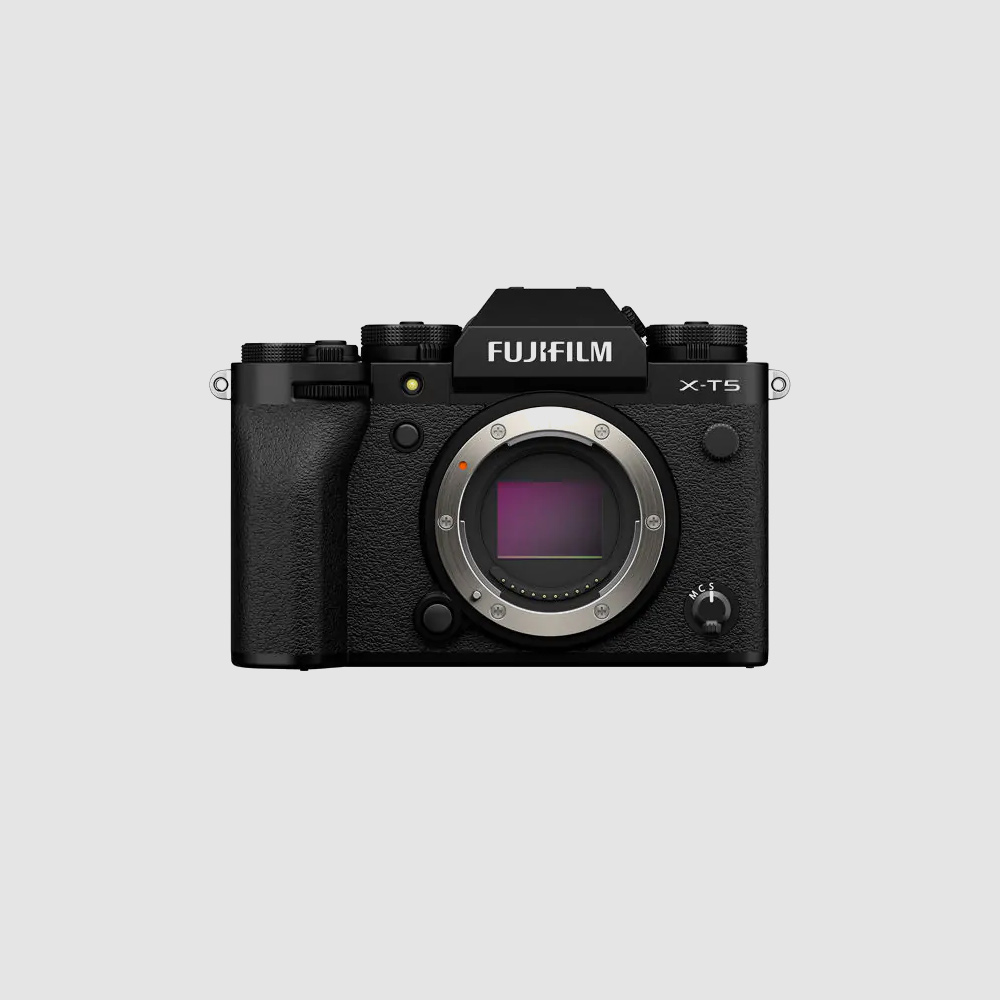
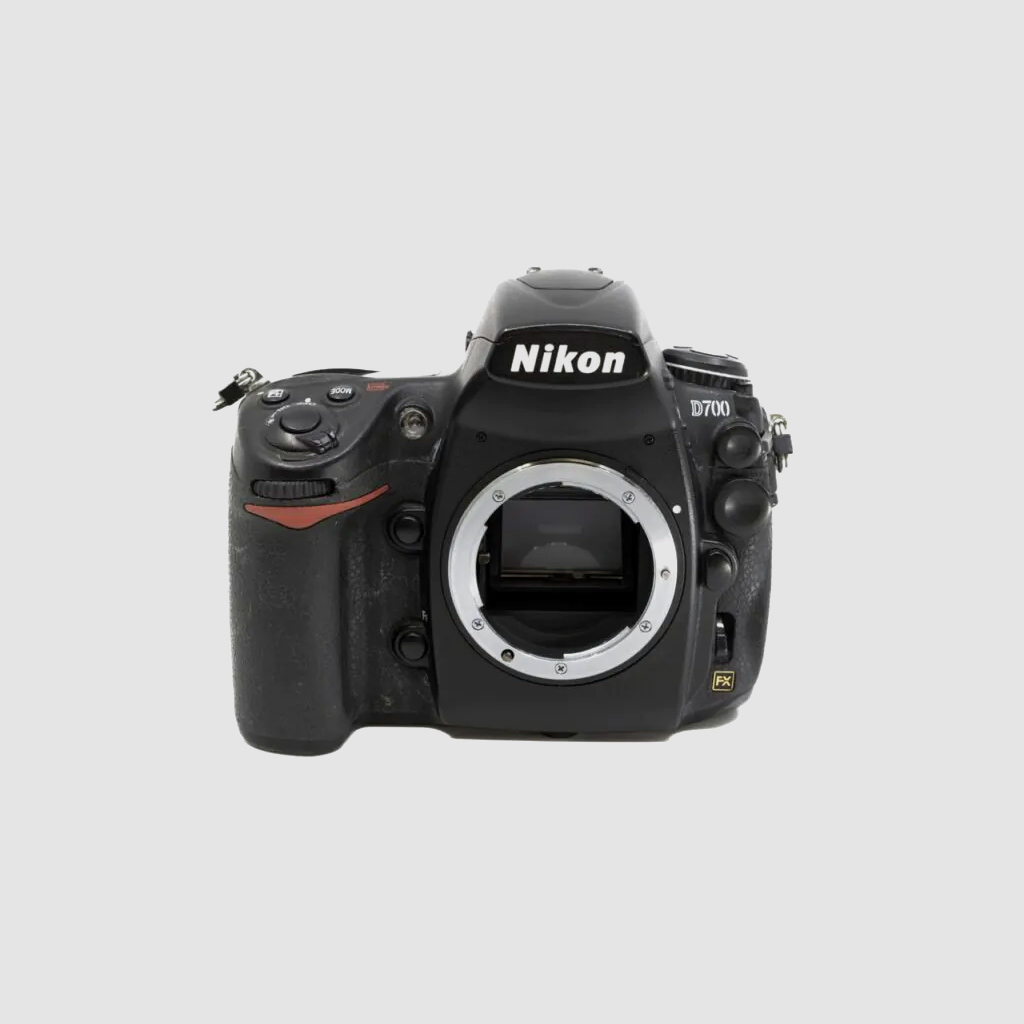
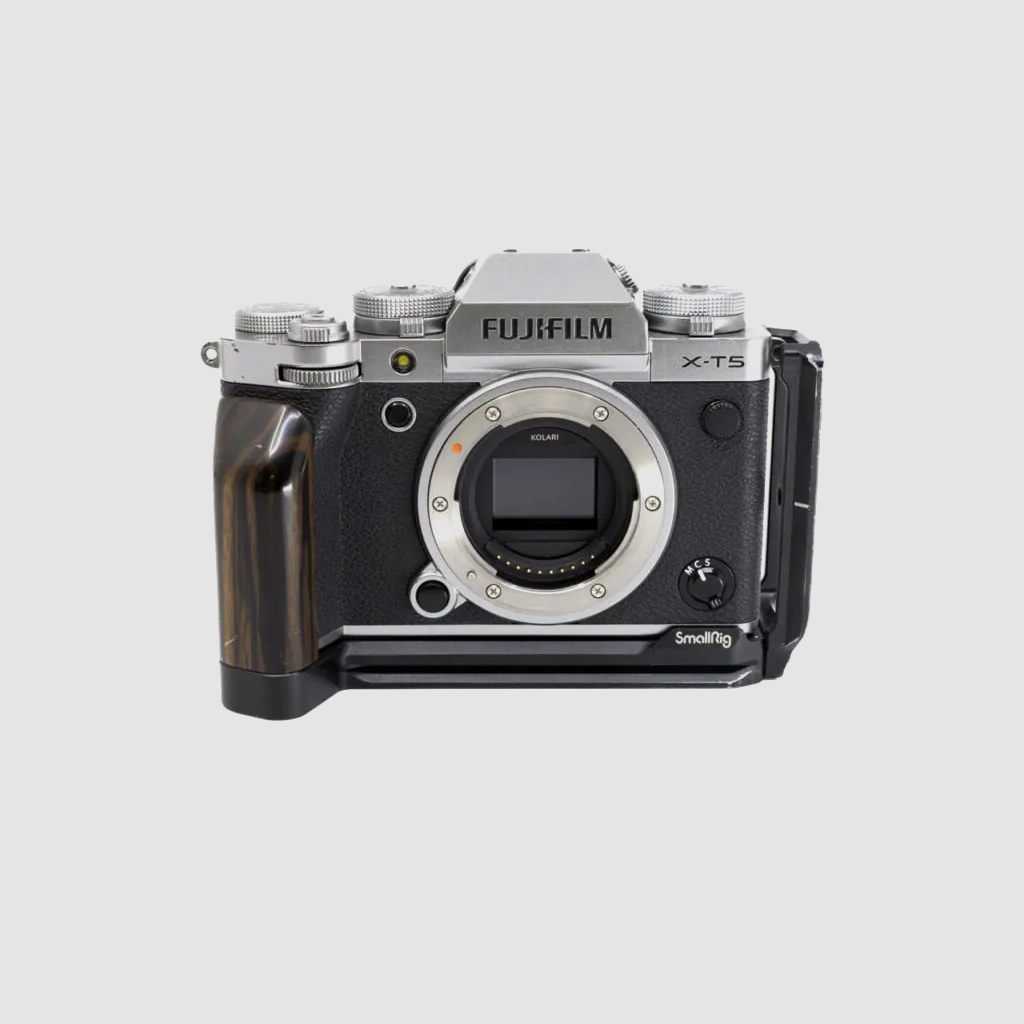


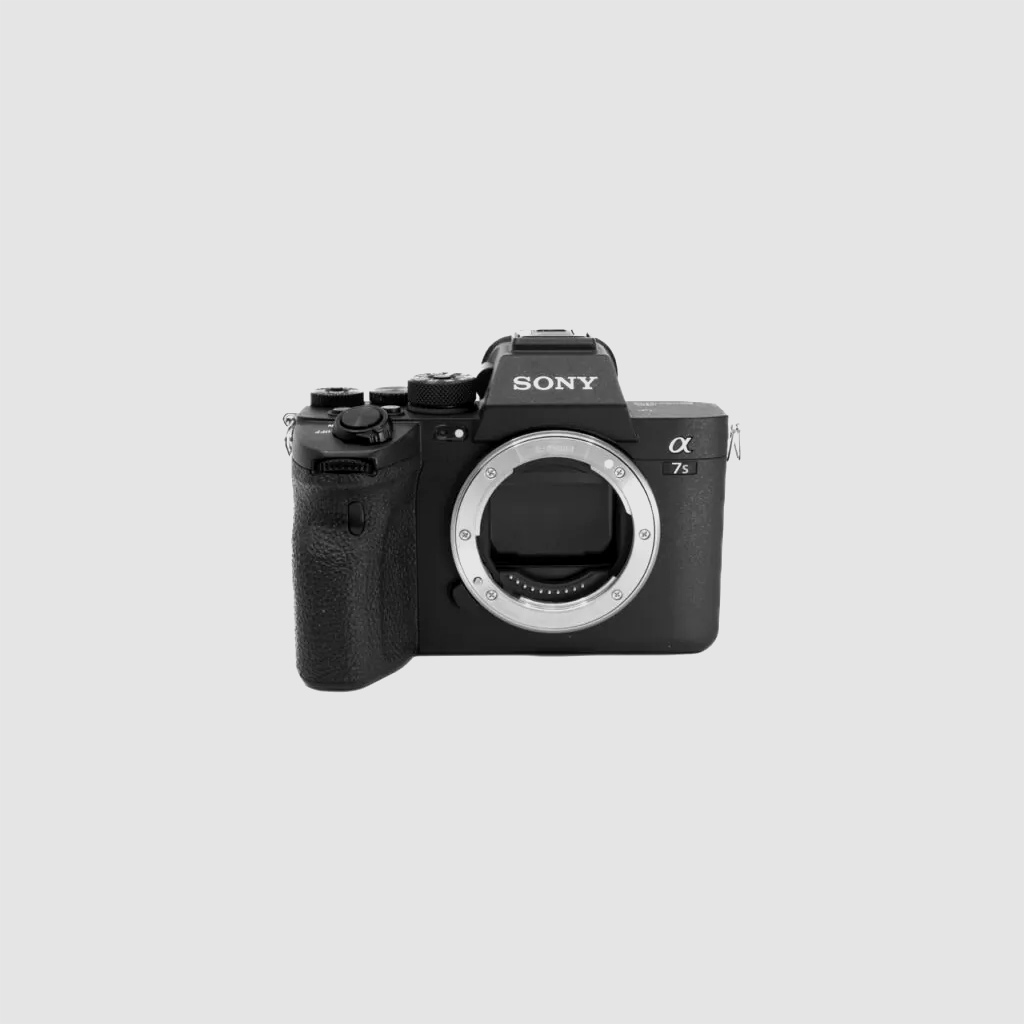





Reviews
There are no reviews yet.